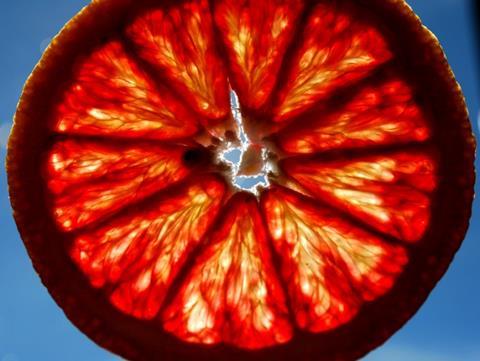
For some time now, I’ve been saying that the unease between South Africa and the EU over citrus black spot will at some stage start reining in the South African citrus export sector, which has galloped along quite nicely past the 100m-carton mark during the past few years. Last year, exports reached 115m cartons. This year, however, that volume is predicted to drop by just over 2 per cent compared with last year. Judging from the mood out there in the international market, even this reduced volume seems something of a gamble.
The question is not about the resilience of the South Africans to find new markets, but whether they will be able to sell the fruit profitably to ensure they can ride out a wave of production cost rises back on the farm.Given the present situation, I wonder how many growers would have invested in so many new orchards to create the momentous growth we have seen. “They have literally sowed the citrus trees in certain parts of the country and are soon going to have to come to terms with the fact that they may possibly not be able to sell them,” commented one source. “The clever guys are now building more processing capacity to deal with this.”
Very recently, because of the ongoing fight with the EU over citrus black spot and the contrary stance the Spaniards are taking towards South African citrus, the country’s citrus industry decided it would not ship any citrus directly into Spain this year.But as one exporter says, “it is difficult to stop the flow of fruit to a particular market. If consumers want to buy it, it will find another channel to get there”.
So, I will not be surprised if considerable volumes of citrus still manage to arrive in Spain, having entered the EU somewhere else and floated down on their merry way to the Mediterranean and Spanish retailers. It happened in China, via the grey channel of Hong Kong, long before South Africa got legal access to that country.More recently, the Russians, who banned fruit imports from the EU in reprisal for Western sanctions, have complained that some countries close to their borders are re-exporting EU fruit to their shores.
Politics and economics
The truth is that the world of fruit trading has never been so messed up by political and economic events.The spat between the EU and Russia means unwanted volumes of European fruit are suddenly turning up in the Middle East, disrupting markets there. The Dutch traders, who had huge Russian deals in the past, are suddenly shifting their horizon to the Far East. “Dutch trading companies are jumping up everywhere and they are disrupting settled and good trading relations,” says one exporter.
In recent times, the South Africans have hailed the development of their citrus market in Russia as a major success story, but this exciting growth is now in trouble as a result of a rapid decline in the value of the rouble.The Russians simply cannot pay ‘western’ prices, in US Dollars, so it is inevitable that if you ship there, you are going to wait a long time for your money – if you get anything back at all.This happened to South African exporters last year and I remember listening to them in early December bemoaning the previous season’s losses.
Heeding the warning
The question now is whether South African citrus growers will take the warning signs seriously and be uncharacteristically responsible in 2015.Those few exporters who cried in their sleeves last December are adamant that they will no longer be able to bail out growers by supplementing payments when the market returns are low.
South African citrus growers’ body CGA has acted responsibly by warning growers and exporters about all the bad things that could happen to them in 2015.From my experience in the fruit sector, I know that that memories are extremely short and no-one ever admits the mistakes of the past.
Therefore, hold on to your seats. The 2015 season will be a very rough one.



